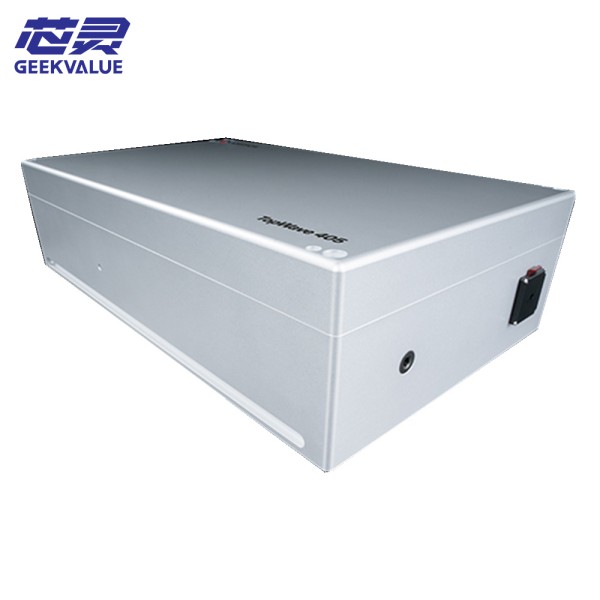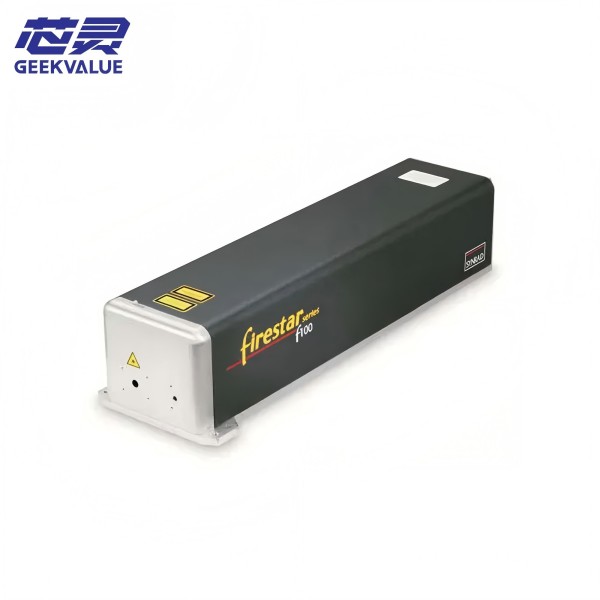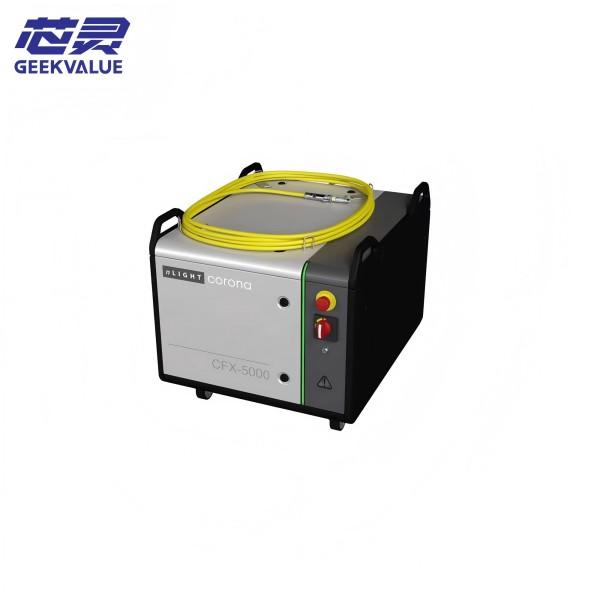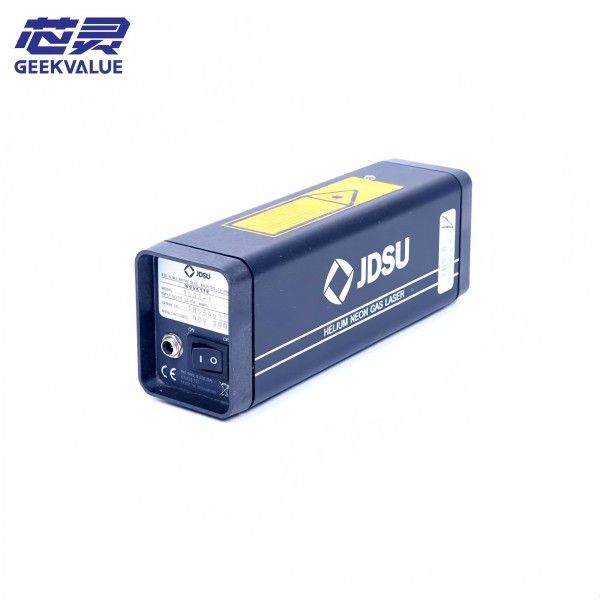Toptica's TopWave 405 is a high-precision single-semiconductor frequency laser with an output wavelength of 405 nm (near-UV), which is widely evaluated in the fields of bioimaging (such as STED microscopy), light pairs, quantum optics, holography and precision spectroscopy. Its core advantages are narrow linewidth (<1 MHz), high wavelength stability (<1 pm) and low noise characteristics, which are suitable for scientific research and industrial scenarios with extremely high requirements for laser performance.
2. Features
Single-frequency output
Adopting **External Cavity Differential Laser (ECDL)** design, combined with grating to realize feedback single longitudinal module operation, ensuring narrow linewidth and low phase noise.
High wavelength stability
Built-in PZT (piezoelectric ceramic) telescope and temperature control (TEC) to achieve wavelength locking and long-term stability.
Low noise performance
Using low-noise current drive and active frequency stabilization technology (such as Pound-Drever-Hall frequency lock) to reduce noise intensity and frequency basis.
Tunability
By adjusting the grating angle or current/temperature changes, a continuous telescope in the GHz range is achieved, which is suitable for spectral scanning experiments.
III. Structural composition
The core structure of the Top Wave 405 can be divided into the following key modules:
1. Laser Dispersion (LD)
405 nm semiconductor laser chip (such as GaN-based laser diode) as the primary light source.
TEC temperature control ensures that the dispersion works at the optimal temperature (usually ~25°C) to avoid wavelength range.
2. External cavity feedback system
Conductive grating (Littrow or Littman-Metcalf structure type): used for wavelength selection and single-frequency feedback.
PZT actuator: grating grating angle to achieve precision wavelength fiber.
3. Optical isolation and mode control
Faraday isolator: prevents return light from interfering with laser stability.
Mode matching chart: optimizes beam quality and ensures TEM00 mode output.
4. Electronic control system
Low-noise current drive: provides stable LD pump current.
PID temperature control circuit: precisely adjust laser dispersion and grating temperature.
Frequency locking module (optional): such as PDH stable frequency, used for ultra-narrow linewidth applications.
5. Output coupling and monitoring
Partially reflective output mirror: extract laser while retaining intracavity feedback.
Photodiode (PD) monitoring: real-time detection of laser power and mode stability.
IV. Common faults and maintenance ideas
1. No laser output or power drop
Possible reasons:
Laser dispersion damage (ESD breakdown or aging).
Current drive failure (such as power module damage).
Grating repair (mechanical vibration causes feedback failure).
Maintenance ideas:
Check whether the drive current is normal (refer to the manual setting value).
Use a power meter to detect whether the LD is emitting light (safety protection is required).
Re-adjust the grating angle to ensure external cavity feedback.
2. Wavelength instability or mode hopping
Possible reasons:
Temperature control failure (TEC failure or thermistor).
Mechanical looseness (PZT or grating is not fixed firmly).
External vibration or end disturbance.
Maintenance ideas:
Check whether the TEC set temperature is consistent with the actual temperature.
Collagen optical platform to reduce environmental vibration.
Use wavelength meter to monitor and re-determine if necessary.
3. Unable to set the telescope or telescope range
Possible reasons:
Insufficient PZT voltage range (drive circuit failure).
Grating mechanical stuck (insufficient lubrication or structural deformation).
V. Preventive maintenance measures
Regularly clean optical components
Use anhydrous ethanol and ultra-clean cotton swabs to clean the grating and output mirror to avoid affecting the mode stability.
Inspection and temperature control
Ensure that the TEC is free of dust and the fan is running normally.
Anti-static protection (ESD)
Wear an anti-static wristband during operation to avoid laser damage.
Environmental control
Maintain a constant temperature (±1°C) and low vibration environment, and use an optical isolation platform when necessary.
Regular arrangement
Use wavelength meter and power meter to arrange output to ensure long-term stability.
VI. Conclusion
TopWave 405 single-frequency laser, with its stability and narrow linewidth characteristics, is an ideal choice for scientific research and high-end industrial applications. Regular maintenance, environmental control and correct fault diagnosis methods are the key to ensure its long-term reliable operation. For complex problems (such as frequency locking failure or laser damage), it is recommended to contact our technical team to avoid further damage caused by disassembly of the phone.







